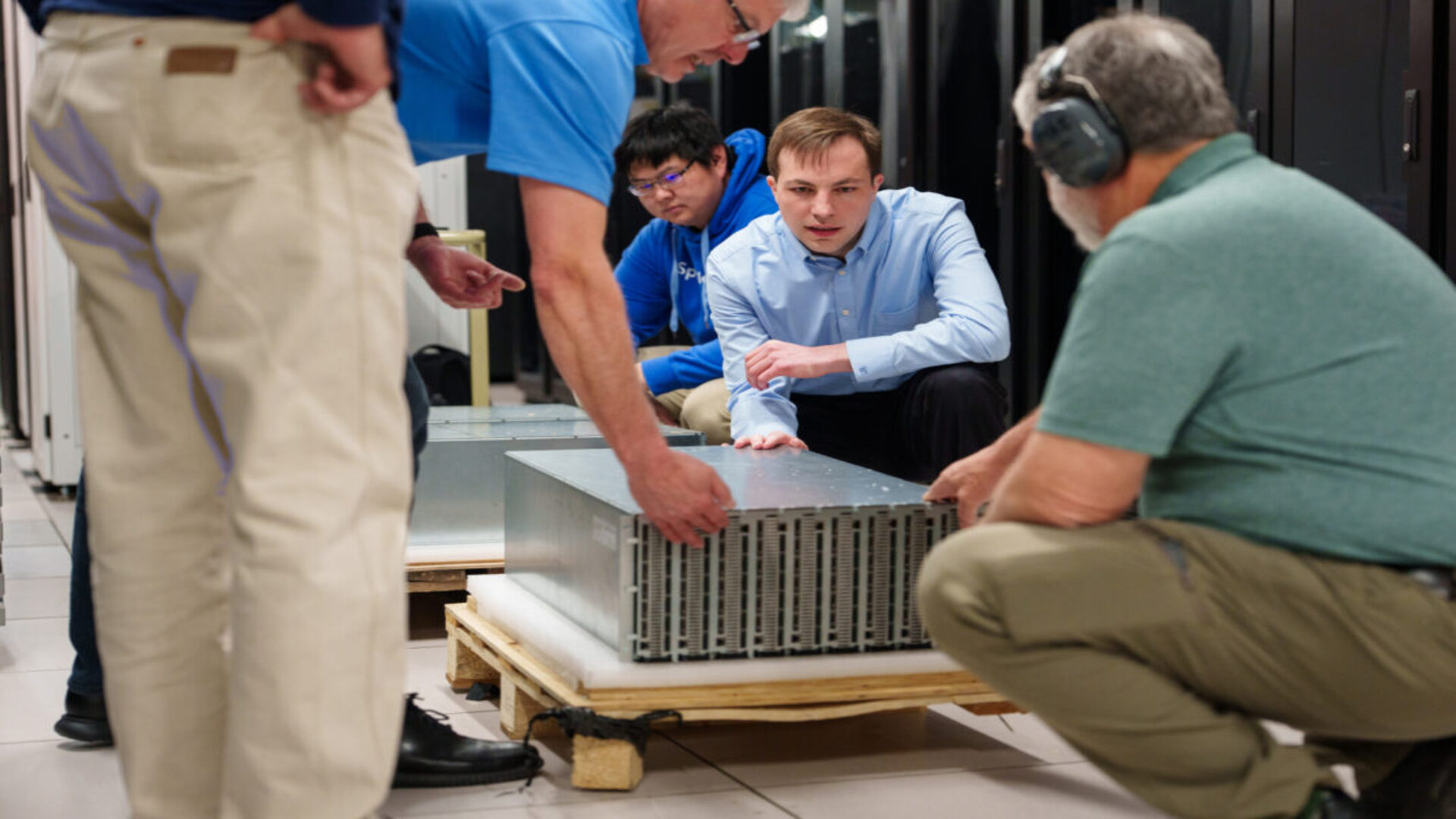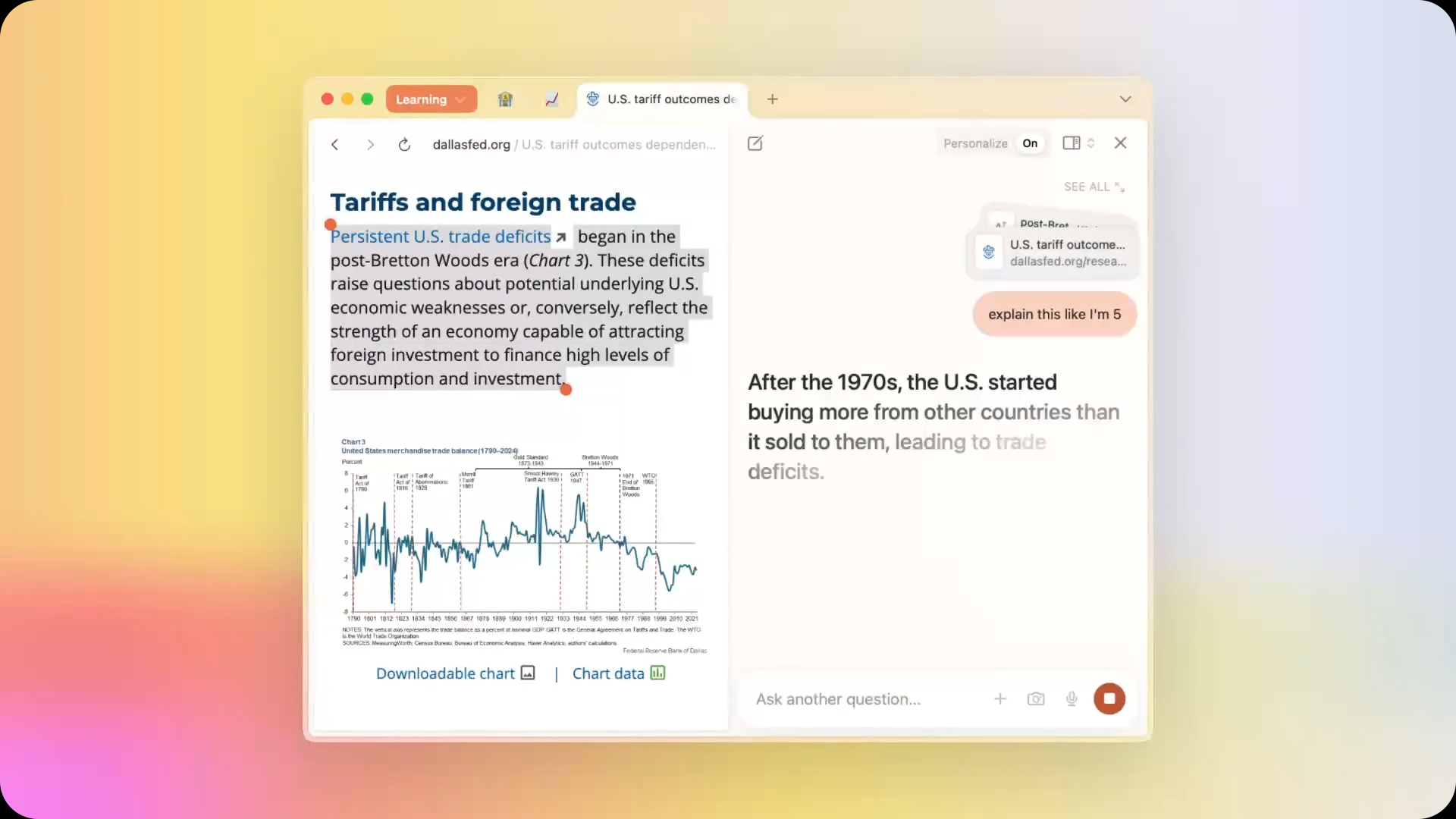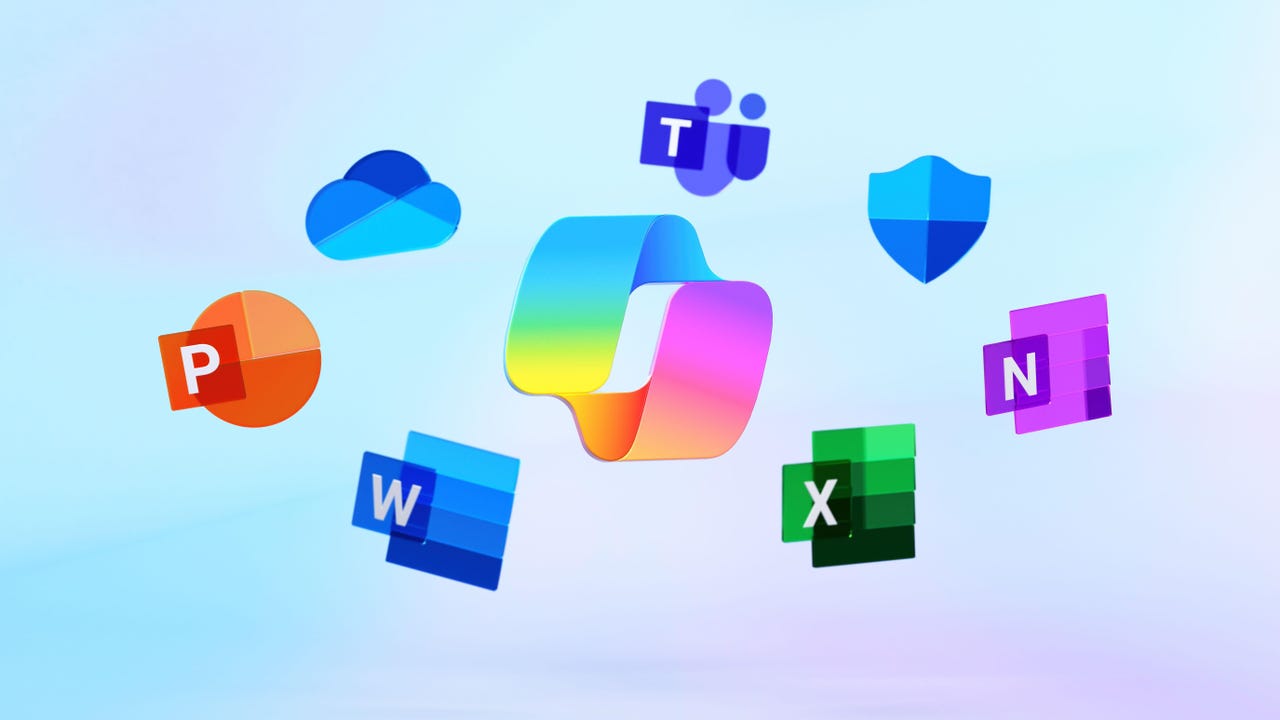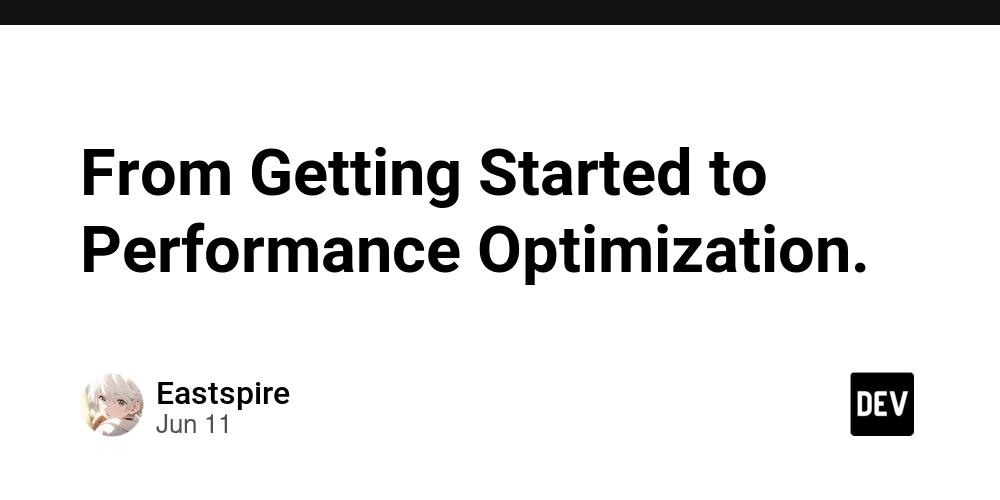The Technical Challenges of Remote Work (and How to Solve Them)
Remote work, which started as a trend, has now become a standard for tech companies around the globe. Yes, this flexibility is worth celebrating. But it also comes with different challenges that developers, DevOps engineers, and IT managers must face head-on. Today, we’ll discuss the challenges and offer solutions. This will help you manage with collaborate with your remote development team, as you can refine your infrastructure, improve workflow continuity, and strengthen your team’s productivity. Let's begin. Unstable or Slow Internet Connections Why It’s a Problem Stable connectivity is what keeps your remote team connected and running. If you’re working from a rural area, shared housing, or some other location where the internet quality isn’t that great, you can face dropped calls, sluggish code pills, or lagging remote desktop sessions. Additionally, when it comes to the platforms, your cloud IDE's responsiveness is likely to be impacted. It can lead to slow work delivery and increased frustration. How to Solve It Optimize for Offline Work Encourage workflows that reduce dependence on real-time cloud access. Local repository clones and test environments can maintain productivity when connectivity drops. Preload Resources When working with large assets, you might want to pre-download and catch what you can. Use Resilient Access Tools Remote access tools like Mosh, Apache Guacamole, and more are designed for efficiency over poor connections that can make a huge difference. The team doesn’t need to wait for a VM to load or a server to respond. Security and Data Privacy Concerns Why It’s a Problem Security is harder to manage when team members are on a different network. Office environments offer perimeter-based security with firewalls, VLAN segmentation, and controlled physical access. In contrast, home networks are often shared, undersecured, and inconsistent. Accessing sensitive systems or data without proper safeguards increases the risk of breaches, leaks, and compliance violations. How to Solve It Enforce Zero Trust Principles Remote security works best when every connection is treated as untrusted. Implement policies that require verification at every step: identity, device, and access scope. Multifactor authentication (MFA) and role-based access control are essential here. Use Encrypted Connections by Default Ensure all remote work connections use end-to-end encryption. SSH, VPN, or HTTPS should be enforced for all remote services. Use Purpose-Built Remote Access Platforms Rather than relying solely on VPNs or SSH tunnels, use secure access platforms like HashiCorp Boundary and StrongDM. These systems offer managed authentication, logging, and session isolation, making auditing and securing access easier without extensive IT overhead. Inconsistent Access to Development Environments Why It’s a Problem Not all developers use the same operating system, tools, or setup. When working remotely, this inconsistency becomes more than a mild inconvenience, creating friction during onboarding, debugging, and collaborating. One person’s “it works on my machine” becomes another team member’s full-day blocker. Remote workers also struggle with accessing private infrastructure (e.g., internal APIs or protected databases) from their location. VPN access is often slow, and server configurations may not be portable. How to Solve It Use Containerized Environments Containerized development (with tools like Docker) allows you to ship a fully defined environment to anyone, regardless of OS. Everything from dependencies to runtime versions can be codified. Provide Remote Access to Configured Environments If local containers aren't enough, offer cloud-based workstations or VMs configured identically to your production-like dev environment. Access platforms like Visual Studio Code Remote and Coder let developers connect to these environments securely and quickly from anywhere. This reduces the inconsistency between setups and ensures that teams have a uniform place to debug or test. Reduced Ability to Test in Shared Infrastructure Why It’s a Problem Testing often relies on shared environments. Developers may have limited or delayed access to the necessary infrastructure when working remotely, especially for staging, integration, or hardware-specific tests. This leads to delays in deployment cycles and confidence gaps in releases. Even cloud-based test environments can be unstable or uncoordinated if too many users share them. How to Solve It Automate Test Infrastructure Set up on-demand test environments that spin up with each pull request using CI/CD services like GitHub Actions, GitLab CI, or CircleCI. These environments are ephemeral, consistent, and isolated. Use

Remote work, which started as a trend, has now become a standard for tech companies around the globe. Yes, this flexibility is worth celebrating. But it also comes with different challenges that developers, DevOps engineers, and IT managers must face head-on.
Today, we’ll discuss the challenges and offer solutions. This will help you manage with collaborate with your remote development team, as you can refine your infrastructure, improve workflow continuity, and strengthen your team’s productivity. Let's begin.
Unstable or Slow Internet Connections
Why It’s a Problem
Stable connectivity is what keeps your remote team connected and running. If you’re working from a rural area, shared housing, or some other location where the internet quality isn’t that great, you can face dropped calls, sluggish code pills, or lagging remote desktop sessions.
Additionally, when it comes to the platforms, your cloud IDE's responsiveness is likely to be impacted. It can lead to slow work delivery and increased frustration.
How to Solve It
Optimize for Offline Work
Encourage workflows that reduce dependence on real-time cloud access. Local repository clones and test environments can maintain productivity when connectivity drops.
Preload Resources
When working with large assets, you might want to pre-download and catch what you can.
Use Resilient Access Tools
Remote access tools like Mosh, Apache Guacamole, and more are designed for efficiency over poor connections that can make a huge difference. The team doesn’t need to wait for a VM to load or a server to respond.
Security and Data Privacy Concerns
Why It’s a Problem
Security is harder to manage when team members are on a different network. Office environments offer perimeter-based security with firewalls, VLAN segmentation, and controlled physical access. In contrast, home networks are often shared, undersecured, and inconsistent.
Accessing sensitive systems or data without proper safeguards increases the risk of breaches, leaks, and compliance violations.
How to Solve It
Enforce Zero Trust Principles
Remote security works best when every connection is treated as untrusted. Implement policies that require verification at every step: identity, device, and access scope. Multifactor authentication (MFA) and role-based access control are essential here.
Use Encrypted Connections by Default
Ensure all remote work connections use end-to-end encryption. SSH, VPN, or HTTPS should be enforced for all remote services.
Use Purpose-Built Remote Access Platforms
Rather than relying solely on VPNs or SSH tunnels, use secure access platforms like HashiCorp Boundary and StrongDM. These systems offer managed authentication, logging, and session isolation, making auditing and securing access easier without extensive IT overhead.
Inconsistent Access to Development Environments
Why It’s a Problem
Not all developers use the same operating system, tools, or setup. When working remotely, this inconsistency becomes more than a mild inconvenience, creating friction during onboarding, debugging, and collaborating. One person’s “it works on my machine” becomes another team member’s full-day blocker.
Remote workers also struggle with accessing private infrastructure (e.g., internal APIs or protected databases) from their location. VPN access is often slow, and server configurations may not be portable.
How to Solve It
Use Containerized Environments
Containerized development (with tools like Docker) allows you to ship a fully defined environment to anyone, regardless of OS. Everything from dependencies to runtime versions can be codified.
Provide Remote Access to Configured Environments
If local containers aren't enough, offer cloud-based workstations or VMs configured identically to your production-like dev environment. Access platforms like Visual Studio Code Remote and Coder let developers connect to these environments securely and quickly from anywhere.
This reduces the inconsistency between setups and ensures that teams have a uniform place to debug or test.
Reduced Ability to Test in Shared Infrastructure
Why It’s a Problem
Testing often relies on shared environments. Developers may have limited or delayed access to the necessary infrastructure when working remotely, especially for staging, integration, or hardware-specific tests. This leads to delays in deployment cycles and confidence gaps in releases.
Even cloud-based test environments can be unstable or uncoordinated if too many users share them.
How to Solve It
Automate Test Infrastructure
Set up on-demand test environments that spin up with each pull request using CI/CD services like GitHub Actions, GitLab CI, or CircleCI. These environments are ephemeral, consistent, and isolated.
Use Environment Management Tools
Tools that manage resource usage and access, like feature flags or test resource schedulers, can help mitigate bottlenecks.
Centralize Access
By routing access through services like Teleport and Ngrok, teams can avoid manual coordination. Developers connect to staging environments without worrying about VPN issues, access lists, or port forwarding.
Collaboration and Tool Fragmentation
Why It’s a Problem
Remote teams often use an overload of tools: one for messaging, another for code review, a third for task tracking, and yet another for screen sharing. While each tool serves a purpose, juggling between them can lead to lost context, duplicate communication, and confusion about who owns what. This hampers collaboration and slows decision-making.
How to Solve It
Consolidate Where Possible
Choose tools that integrate natively with one another. For example, Slack, GitHub, and Linear offer cohesive workflows where pull requests, deployments, and issue tracking coexist.
Define a Tooling Protocol
Set expectations for how and when each tool should be used. This avoids duplication (e.g., code review comments in GitHub vs. Slack messages about the same thing).
Centralize Access to Infrastructure
When it comes to infrastructure access, like code environments, servers, or assets, minimize the number of entry points. Tools like GitHub Codespaces and Gitpod function as gateways to all the needed tools and environments, reducing the workload on team members.
Onboarding Remote Developers Is Hard
Why It’s a Problem
Bringing a new developer onto a remote team requires many steps, like paperwork and setting them up with everything they need to code, test, and deploy. When onboarding requires dozens of manual steps like setting up local environments, provisioning access, and configuring APIs, it slows productivity from day one.
How to Solve It
Automate Onboarding Steps
As part of your onboarding playbook, use scripts to automate the setup of the development environment. Installing dependencies, clone repositories, configuring files, and initialize containers are a few examples.
As important as the onboard process is, having a smooth offboarding process is equally necessary. After revoking access to platforms and environments, human resources can opt for the services of a logistics solution company to ensure a hassle-free return of the organization’s assets and prevent data leaks.
Simplify Sharing Credentials
Make it easy to grant (and revoke) access to infrastructure through centralized tools. There are cloud sharing platforms like Google Drive, OneDrive, and Dropbox to help new hires get secure access to credentials and assets with predefined roles and permissions, without much hassle.
Pair with Asynchronous Support
Tools like Loom, Notion, and GitHub Discussions can replace over-the-shoulder guidance. They allow new developers to get context and answers at their own pace.
Conclusion
The flexibility of remote work comes with its share of challenges, as we’ve talked about here. But in addition to knowing what to expect, we've also told you potential solutions to deal with these possible issues you can encounter.
From streamlined access to dev environments to secure connections and simplified onboarding, tools built for the realities of remote work help development teams remain productive, collaborative, and secure, no matter where they’re located.








































































![Apple Shares Teaser Trailer for 'The Lost Bus' Starring Matthew McConaughey [Video]](https://www.iclarified.com/images/news/97582/97582/97582-640.jpg)















































































































_Marek_Uliasz_Alamy.jpg?width=1280&auto=webp&quality=80&disable=upscale#)























































































![Top Features of Vision-Based Workplace Safety Tools [2025]](https://static.wixstatic.com/media/379e66_7e75a4bcefe14e4fbc100abdff83bed3~mv2.jpg/v1/fit/w_1000,h_884,al_c,q_80/file.png?#)



























![[The AI Show Episode 152]: ChatGPT Connectors, AI-Human Relationships, New AI Job Data, OpenAI Court-Ordered to Keep ChatGPT Logs & WPP’s Large Marketing Model](https://www.marketingaiinstitute.com/hubfs/ep%20152%20cover.png)




































































































![[DEALS] Microsoft Visual Studio Professional 2022 + The Premium Learn to Code Certification Bundle (97% off) & Other Deals Up To 98% Off](https://www.javacodegeeks.com/wp-content/uploads/2012/12/jcg-logo.jpg)
































































.jpg?width=1920&height=1920&fit=bounds&quality=70&format=jpg&auto=webp#)






-35-45-screenshot.png?width=1920&height=1920&fit=bounds&quality=70&format=jpg&auto=webp#)

-30-7-screenshot_0FxoE4J.png?width=1920&height=1920&fit=bounds&quality=70&format=jpg&auto=webp#)



































































